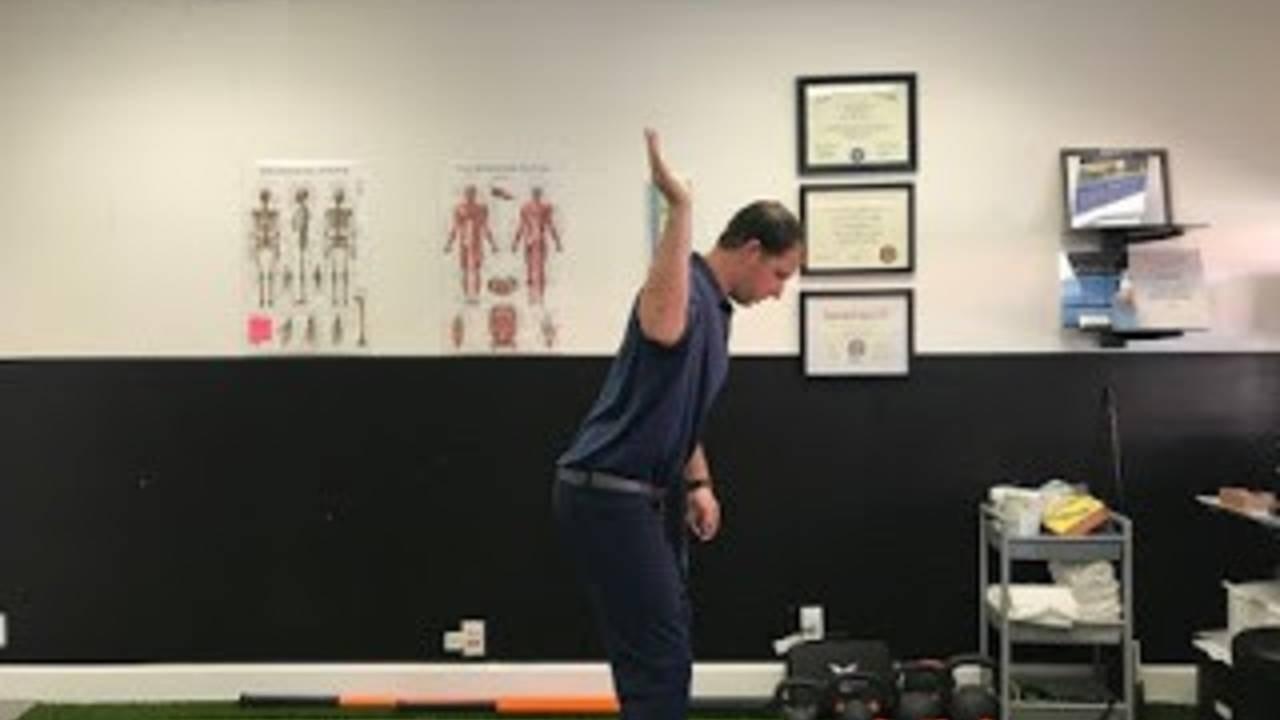Top 4 Reasons Your Back Hurts When You Play Golf

| 1. Reverse Spine Angle - This is the number one predictor of low back pain in golf. Reverse Spine angle means that your upper body is leaning too far backwards, or too far to the left (right handed golfer) at the top of the backswing. This opens the right side of your lower back in the... |
How Can I Fix My Golfer's Elbow?

How can I fix my Golfer’s Elbow?
There are two different treatment approaches when it comes to Golfer’s Elbow, and it all depends on how long you have been experiencing symptoms. First, let’s discuss what Golfer’s Elbow actually is:
The pain is at the medial side of the...
Neck Pain? Cervical ROM Requirements for Golf

Neck ROM requirements in golf:
It is easy to think that golfers do not need much neck movement during the golf swing, as their eyes are focusing on the ball and the head is not moving much. However, as the shoulders and thorax rotate below a still head, a substantial amount of neck ROM is needed...
Low Back Pain in Golf

Low back pain in golf:
One of the most common injuries in golf is low back pain. Often times, the pain in the low back is due to a mobility restriction above or below. The two main sources are the thoracic spine and hips.
Limited thoracic rotation can lead to increased stress at the lumbar spine...
Golf Mobility: Shoulder

Shoulder Mobility: Flexion and External Rotation
You should be able to actively rotate your front and back shoulder to at LEAST 90 degrees while in your golf setup posture.
Limited mobility can make it difficult to rotate your arms through the backswing and follow through and can lead to faulty...
Shoulder Pain in Golf

Shoulder Pain in Golf
Shoulder pain is a common complaint with golfers. Most of us do not realize how much shoulder flexibility and range of motion we actually need in order to effectively swing the golf club without pain. There are two tests that we can utilize in order to determine if we are at...
